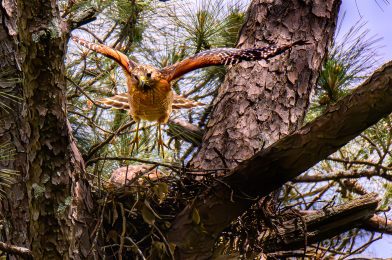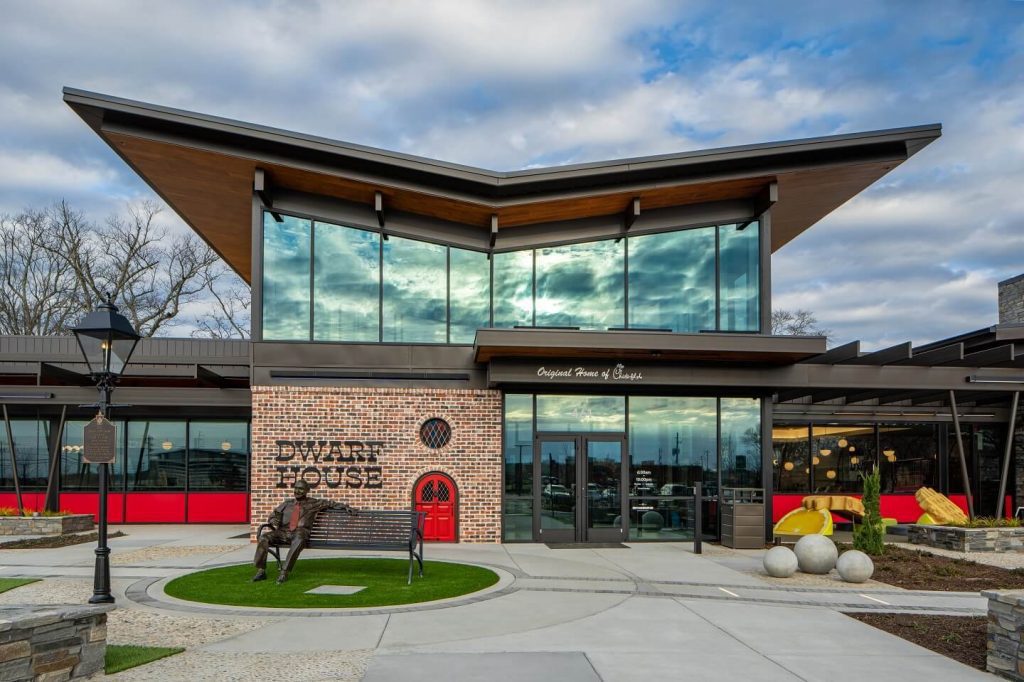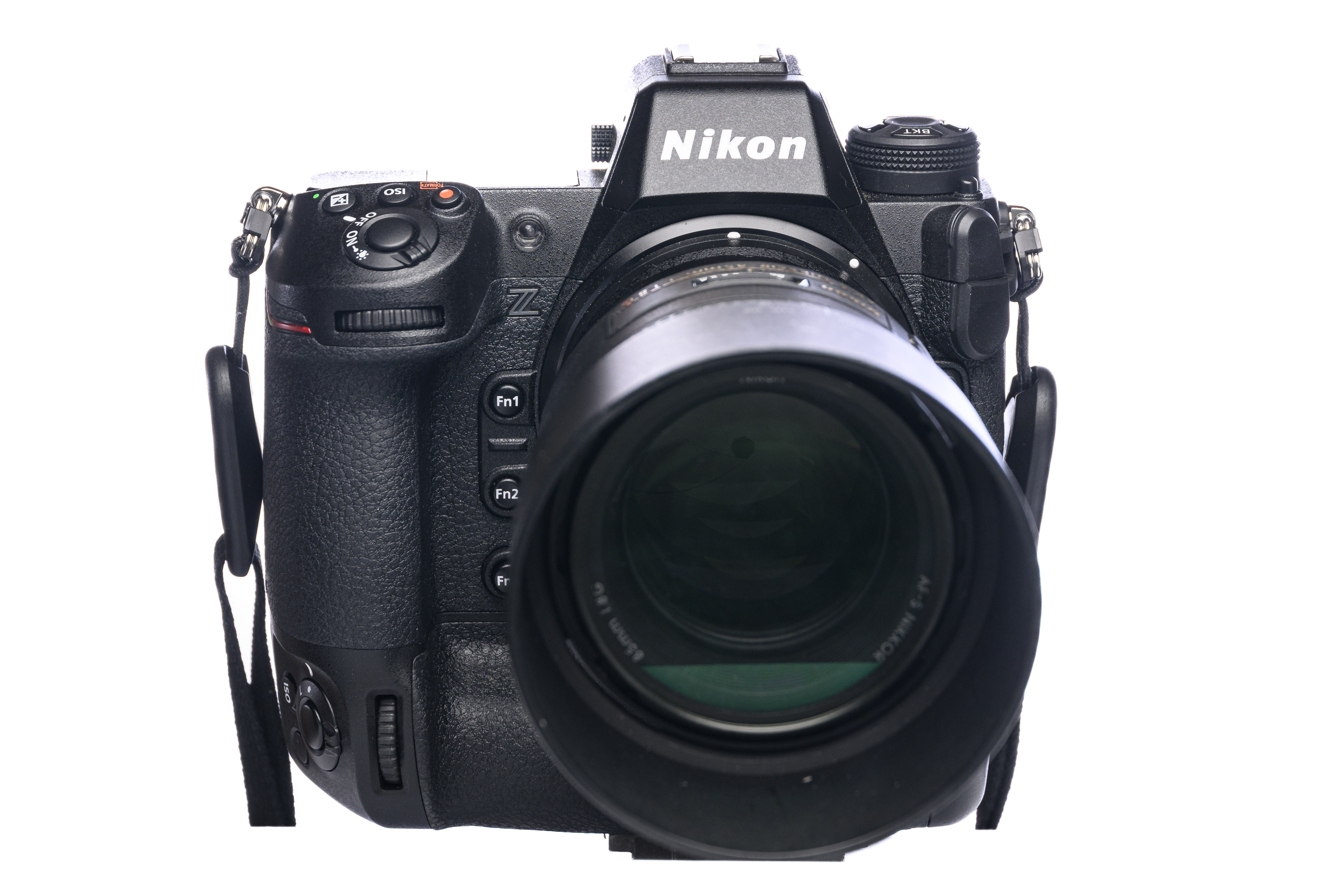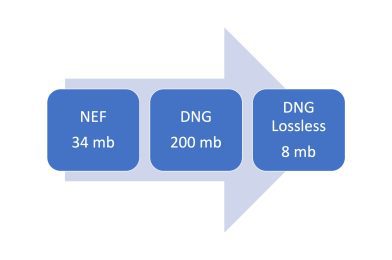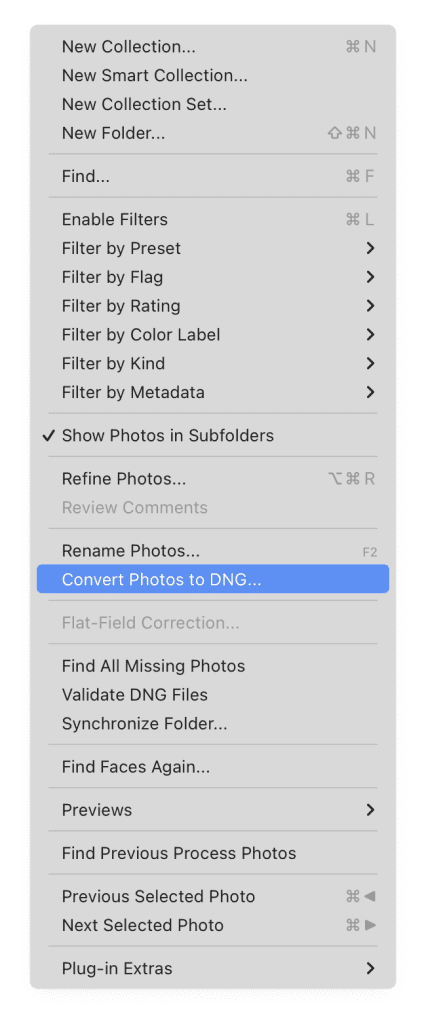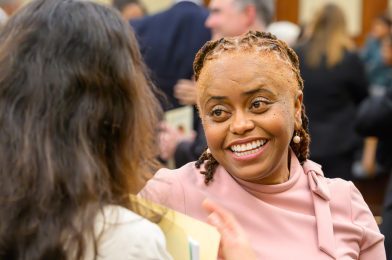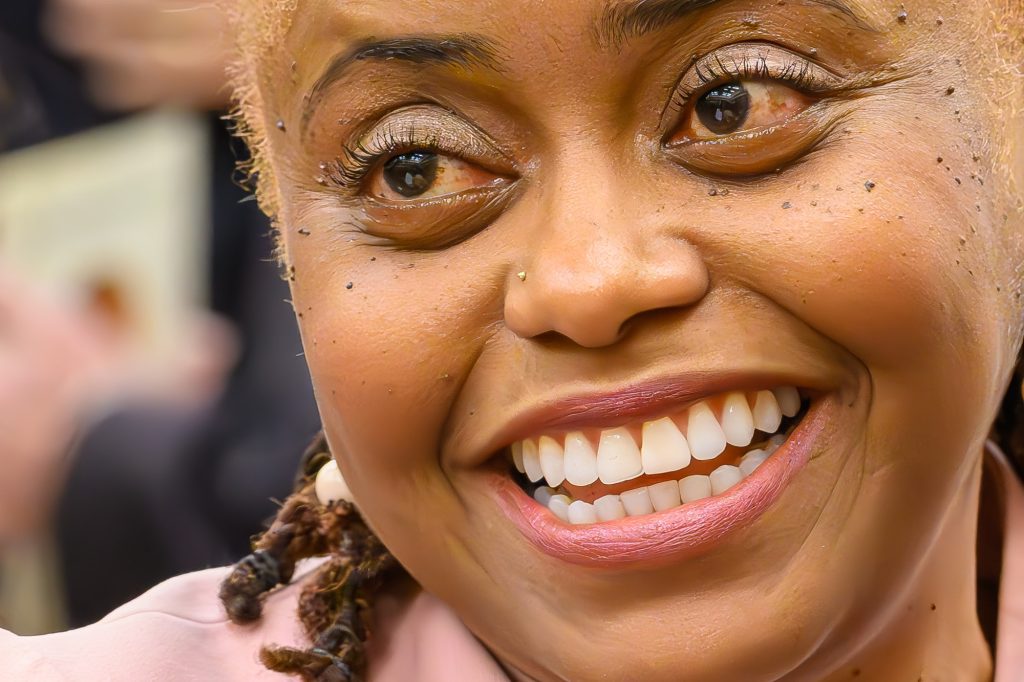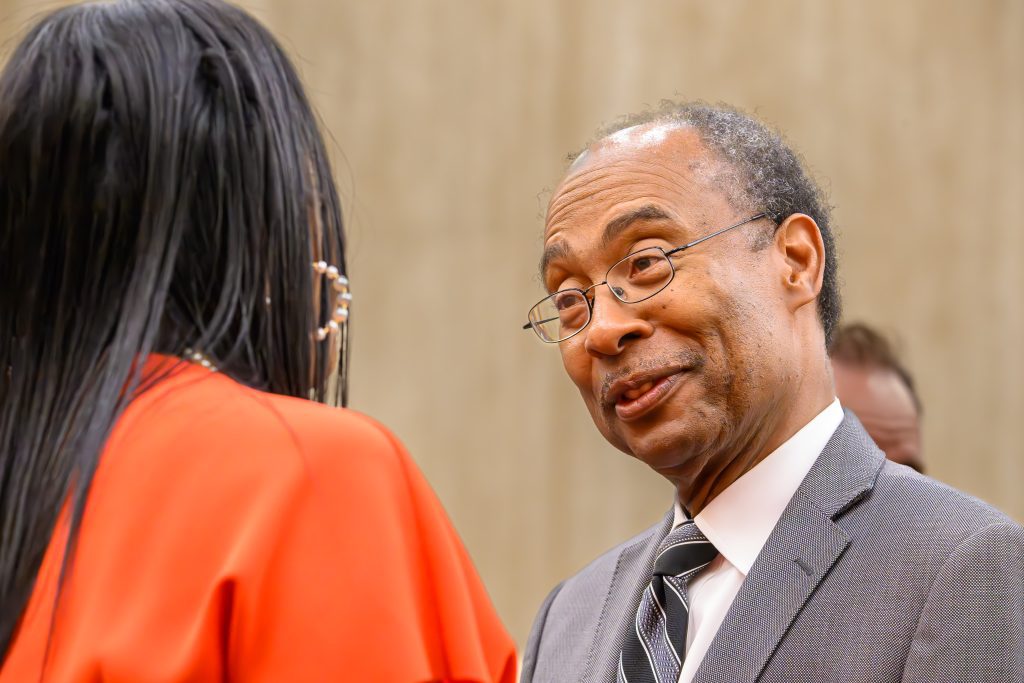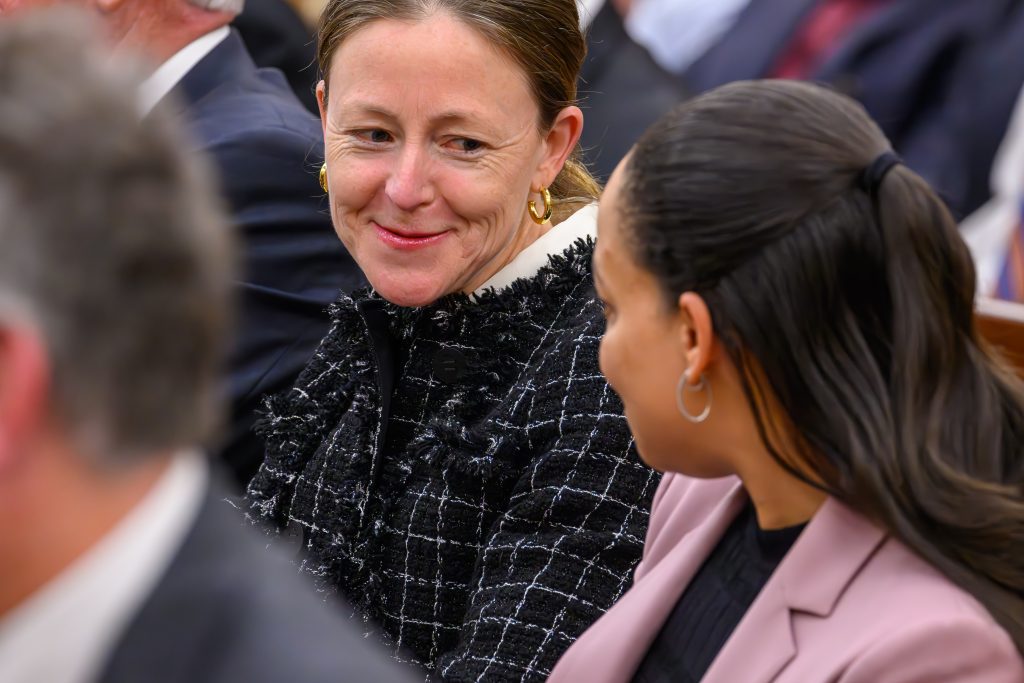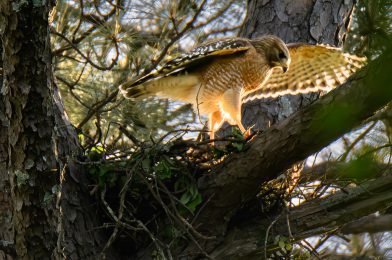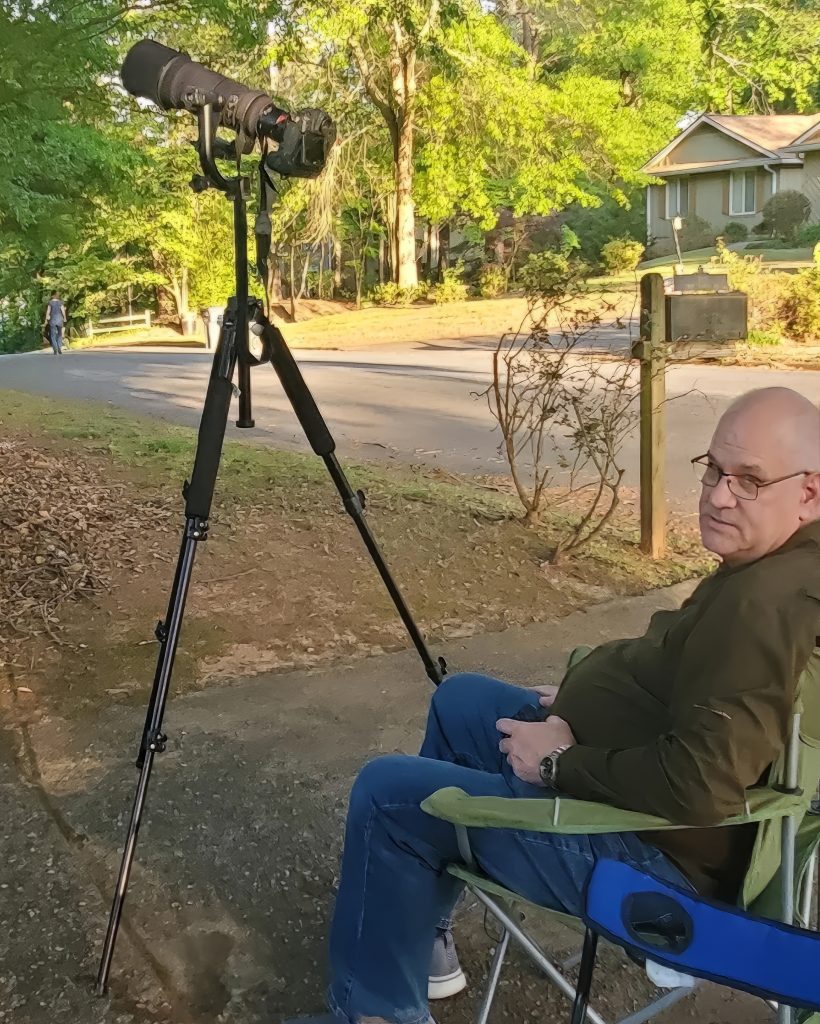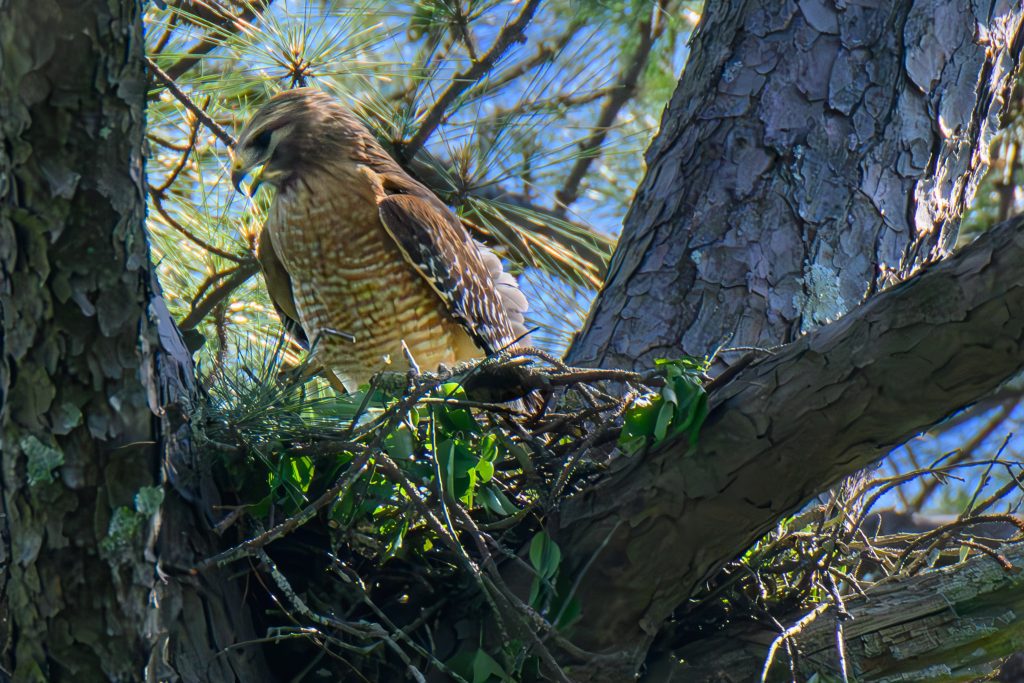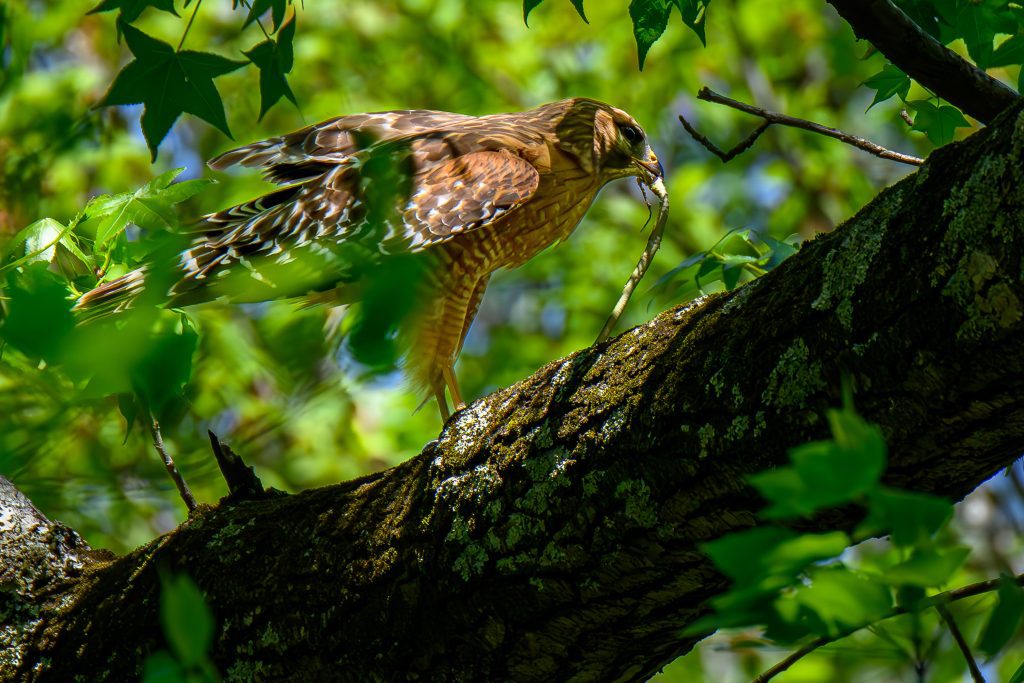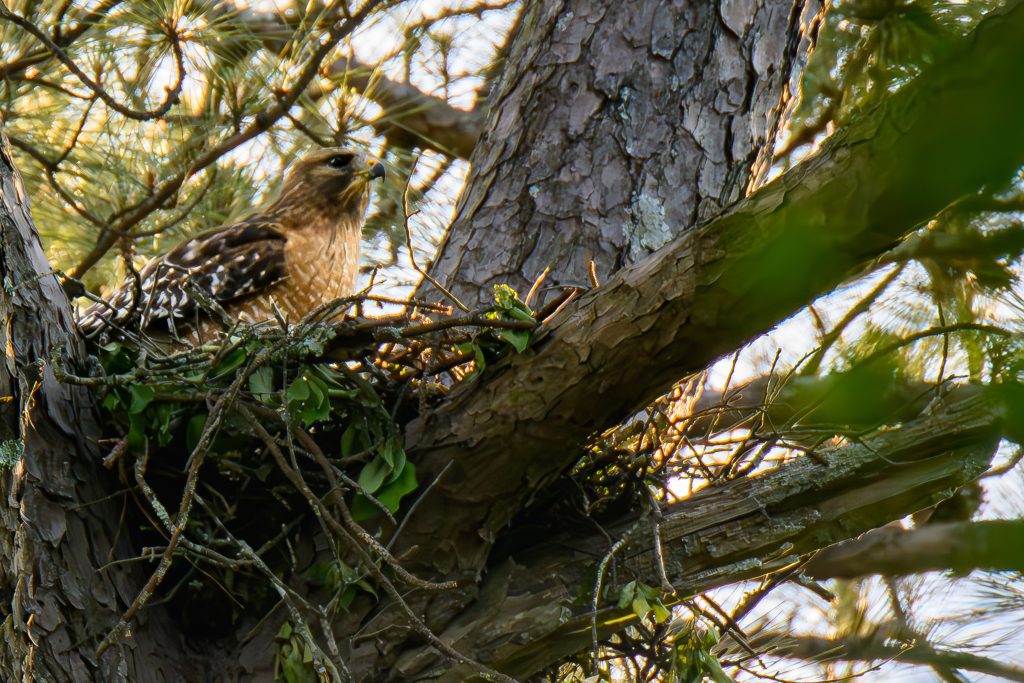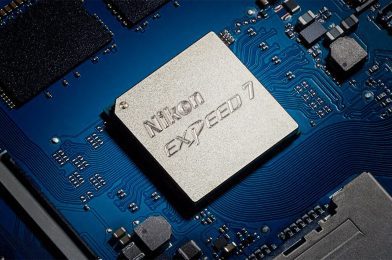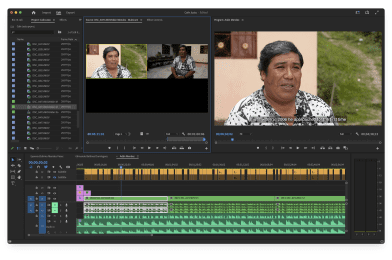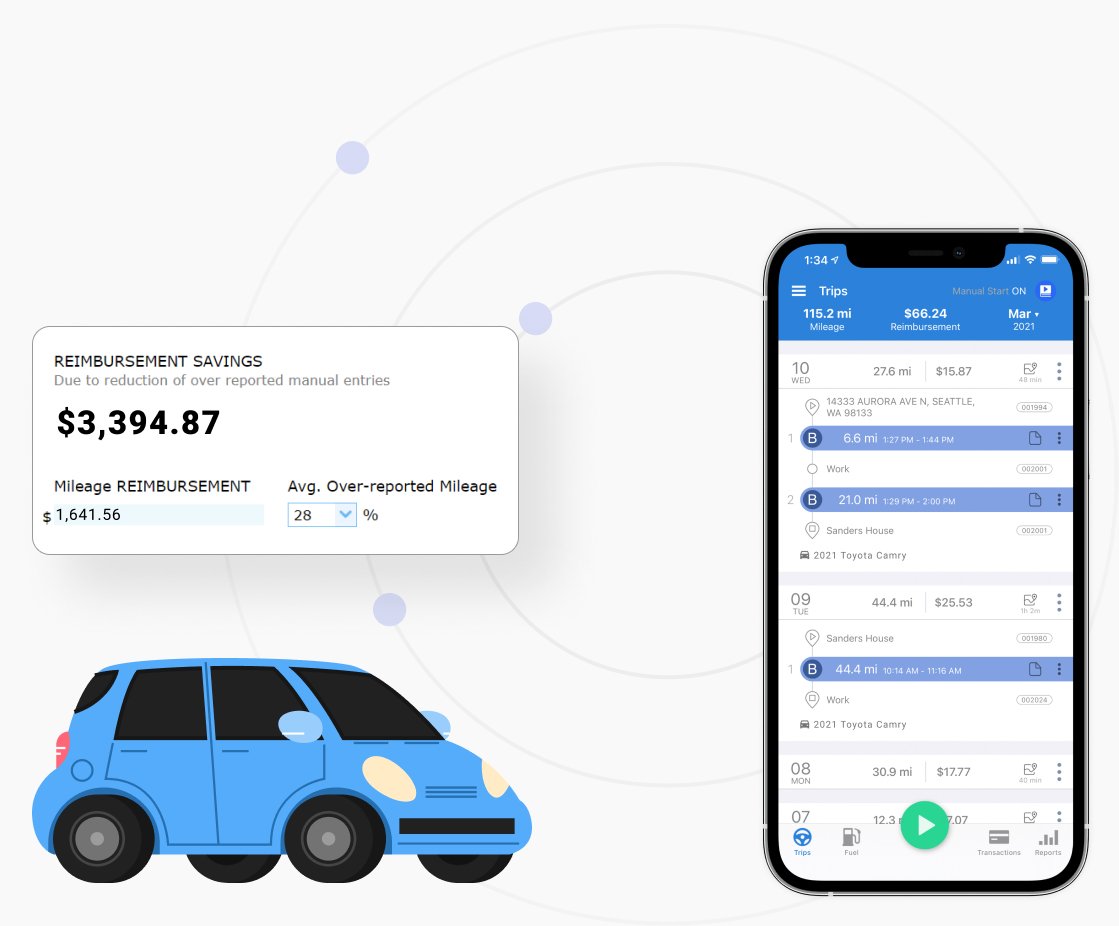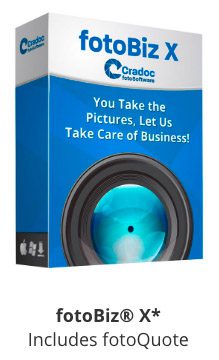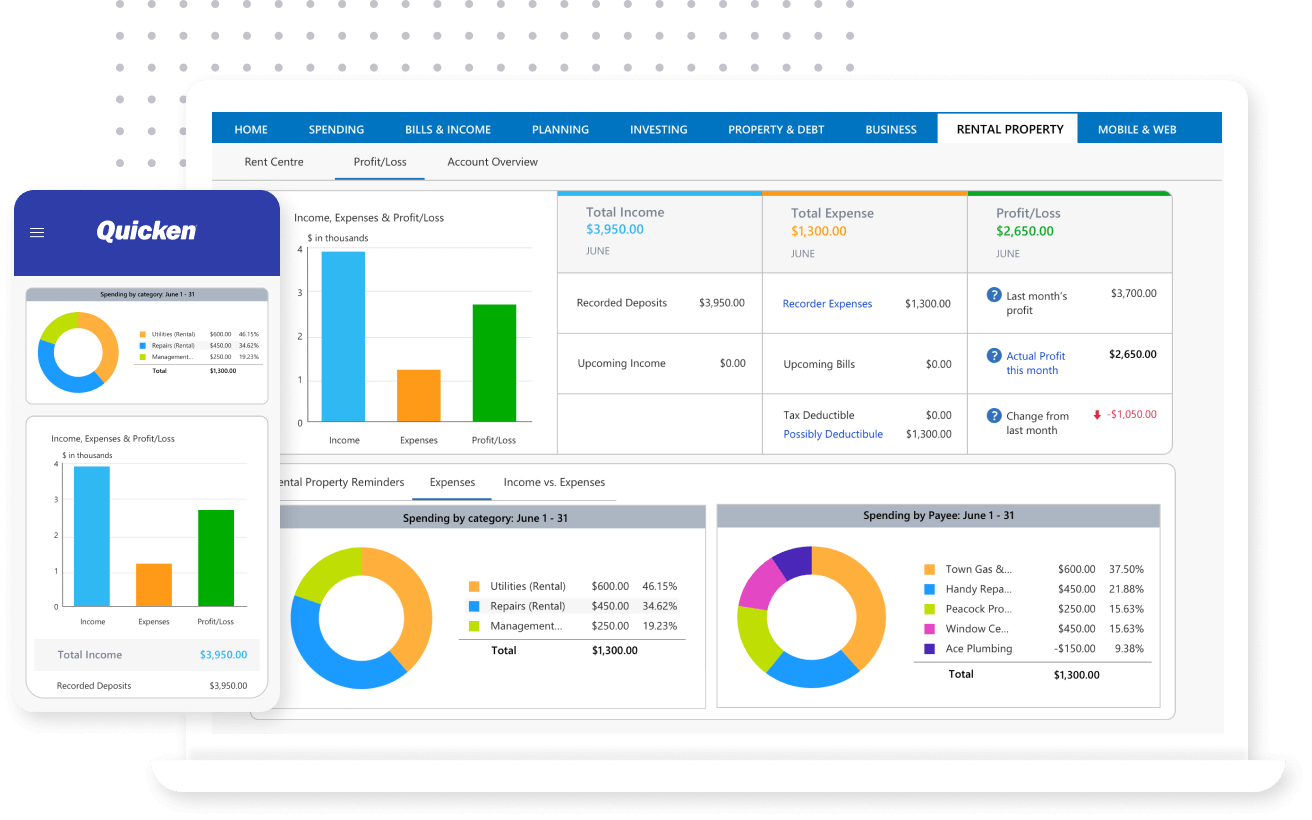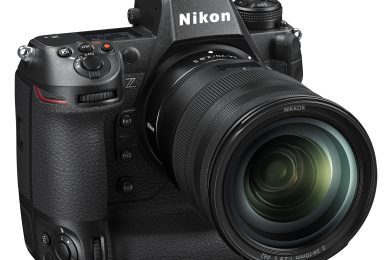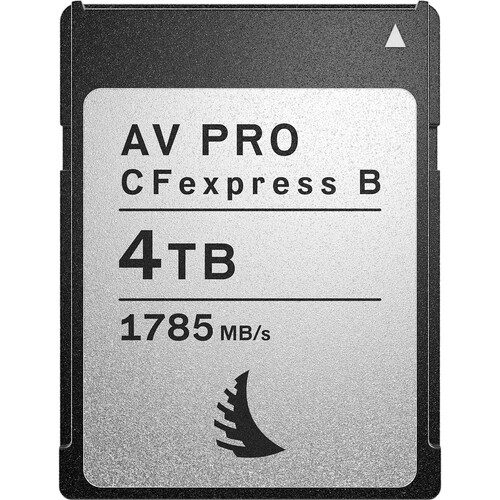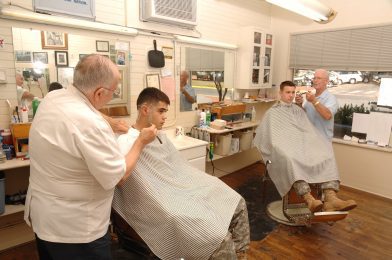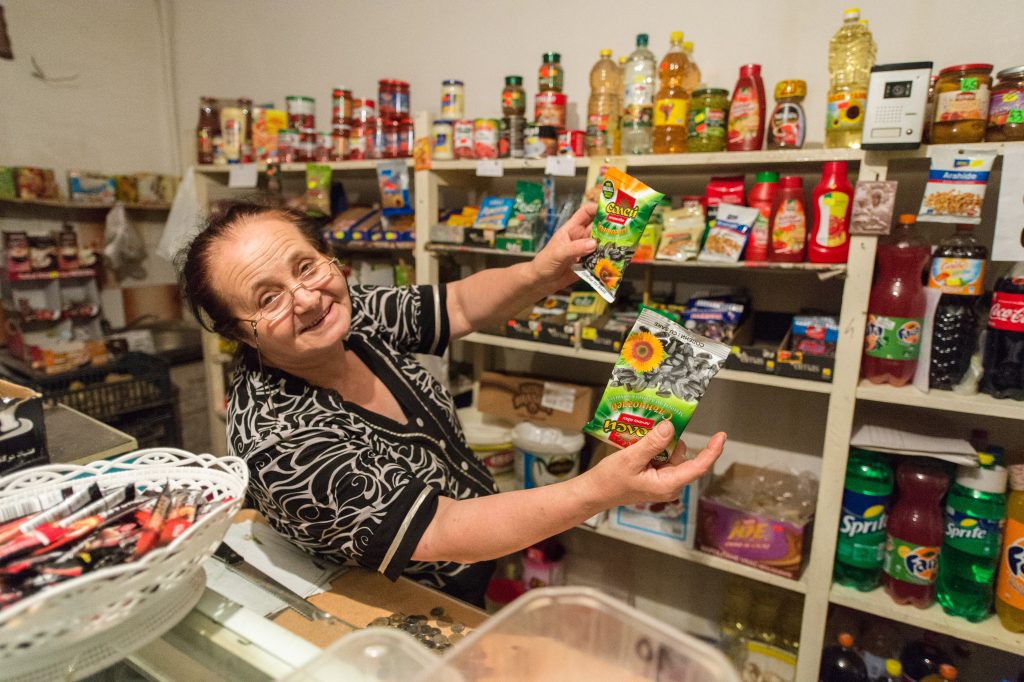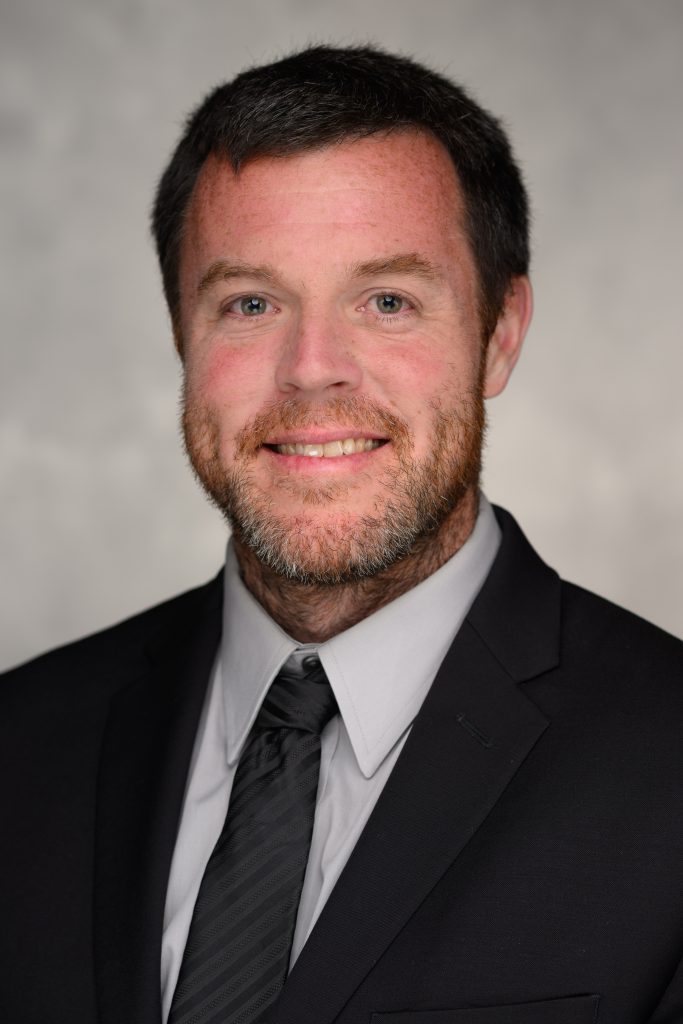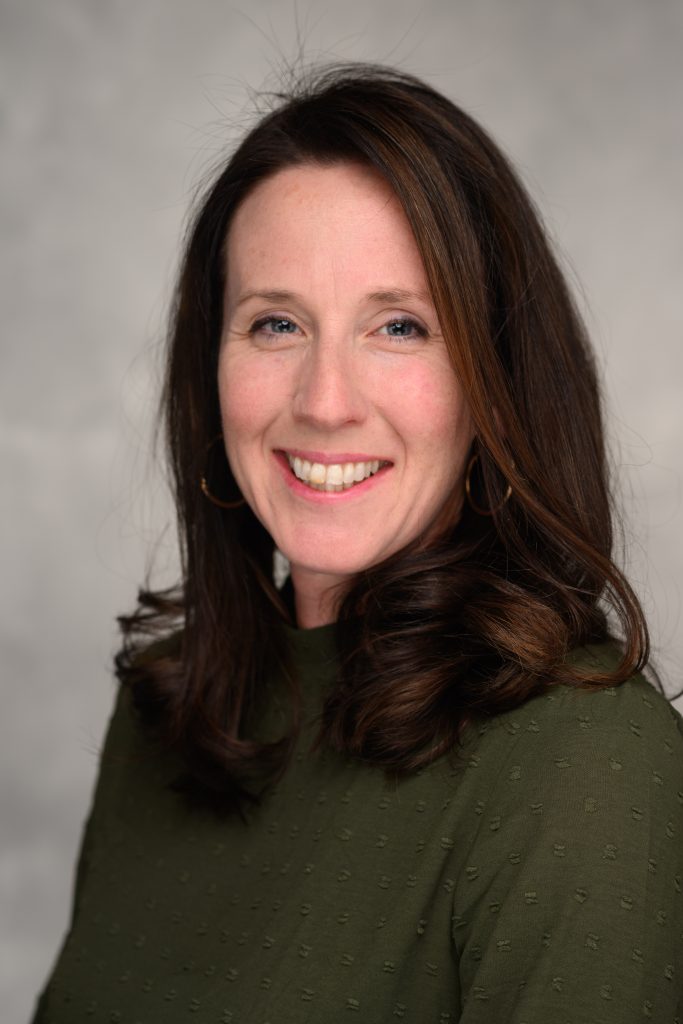Whether wheeling over a swamp forest or whistling plaintively from a riverine park, a Red-shouldered Hawk is typically a sign of tall woods and water. It’s one of our most distinctively marked common hawks, with barred reddish-peachy underparts and a strongly banded tail. In flight, translucent crescents near the wingtips help to identify the species at a distance. These forest hawks hunt prey ranging from mice to frogs and snakes. The photo was taken on April 28, 2023.
Photography is a creative art form that allows individuals to express themselves through their unique perspectives. One of the best ways to find your passion as a photographer is by embarking on a personal project. A personal project is a photography series you work on over time, usually focusing on a particular subject or theme. It’s an opportunity to explore your creativity, improve your skills, and create a body of work that reflects your style and vision.
Personal projects allow you to experiment with new techniques, equipment, and subjects without the pressure of a client’s expectations. They allow you to pursue your interests and explore your surroundings, whether that’s your neighborhood, city, or nature. One of the best things about personal projects is that they can be as simple or complex as you like, and you can work on them at your own pace.
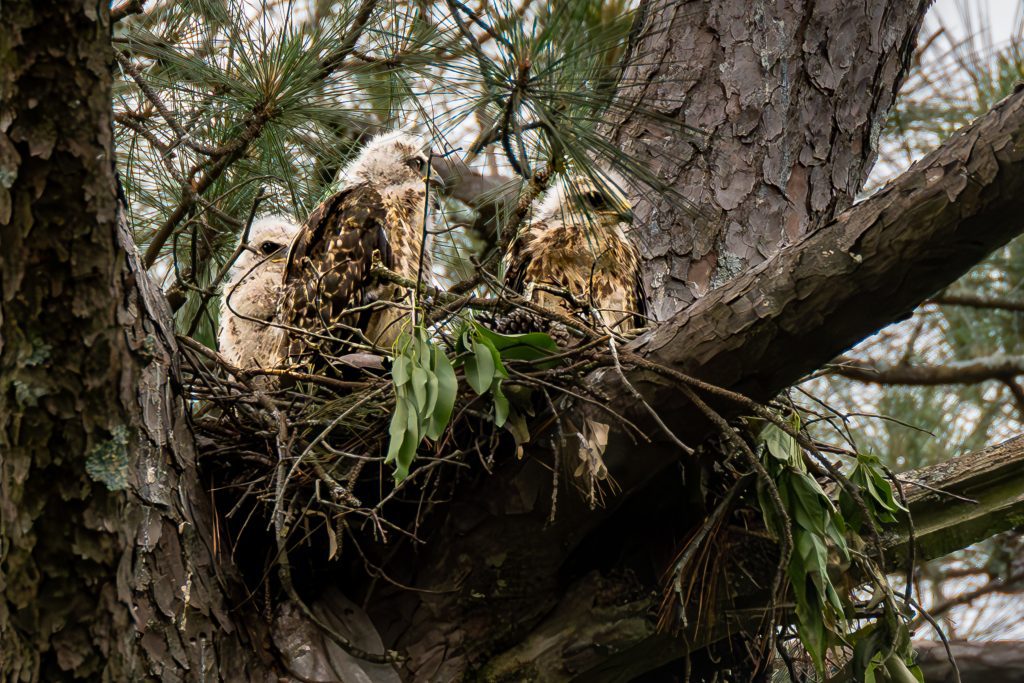
Finding a personal project close to home is a great way to start. You don’t need to travel far or spend much money to find interesting subjects to photograph. Some of the most exciting personal projects focus on what we see daily but perhaps don’t notice or appreciate.
One example of a personal project that can be done from home is photographing birds in your backyard. Observing and documenting their behavior, breeding patterns, and interactions can make for a fascinating series. One particular bird species that is interesting to follow is the Red-Shouldered Hawk. Watching a couple build their nest, lay their eggs, and rear their young can provide a unique insight into the lives of these beautiful creatures. With patience and observation, you can capture some truly stunning images that reflect the wonder of nature.
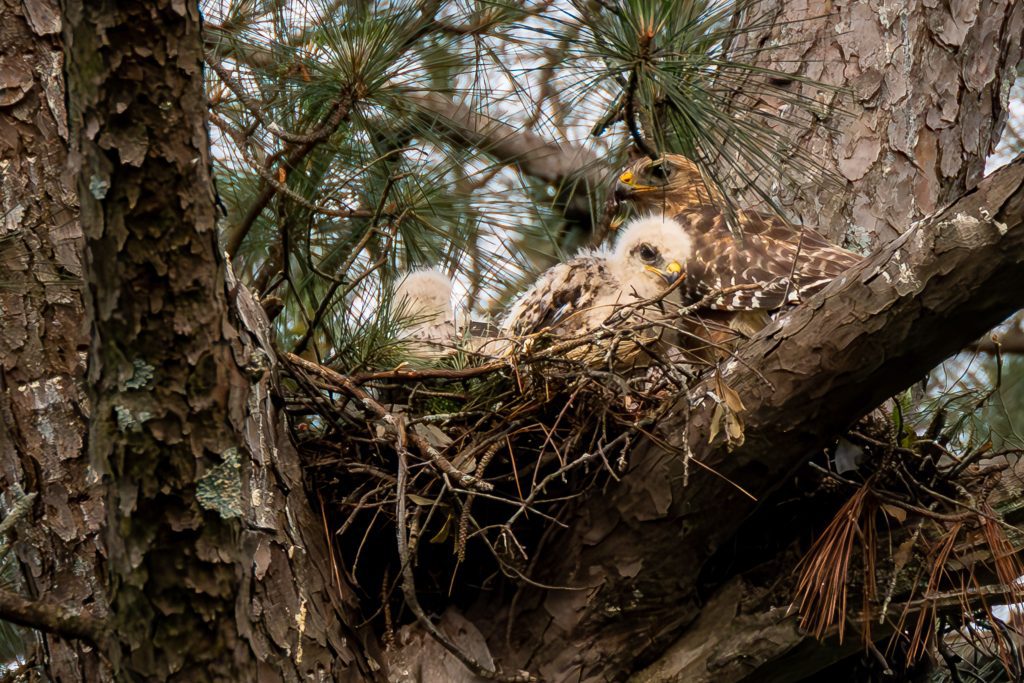
Not only do personal photography projects help you find your passion, but they can also help you showcase your skills to potential clients. Creating a solid body of work that reflects your unique style and vision can attract clients who appreciate your creative approach and want to work with you.
In conclusion, personal photography projects are a valuable way to explore your creativity, find your passion, and showcase your skills to potential clients. Whether photographing birds in your backyard or exploring a new city, there’s no limit to the subjects and themes you can pursue. So why not find a personal project that speaks to you and start exploring today?
Remember, as you document your journey, share your photos and process them on social media. This is a great way to connect with other photographers, gain inspiration, and receive feedback. With a bit of dedication and hard work, your project could be the start of a lifelong passion for photography.

